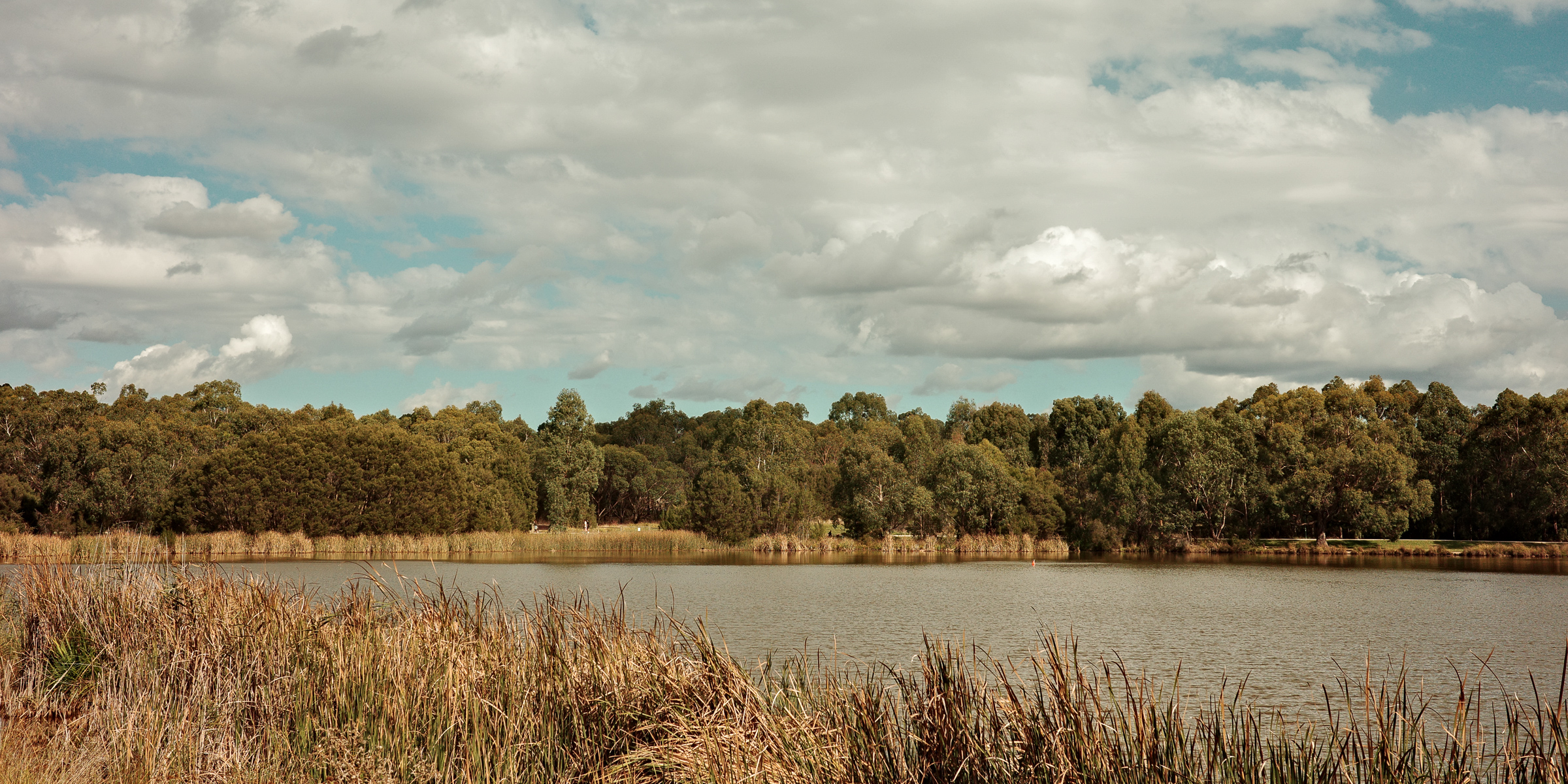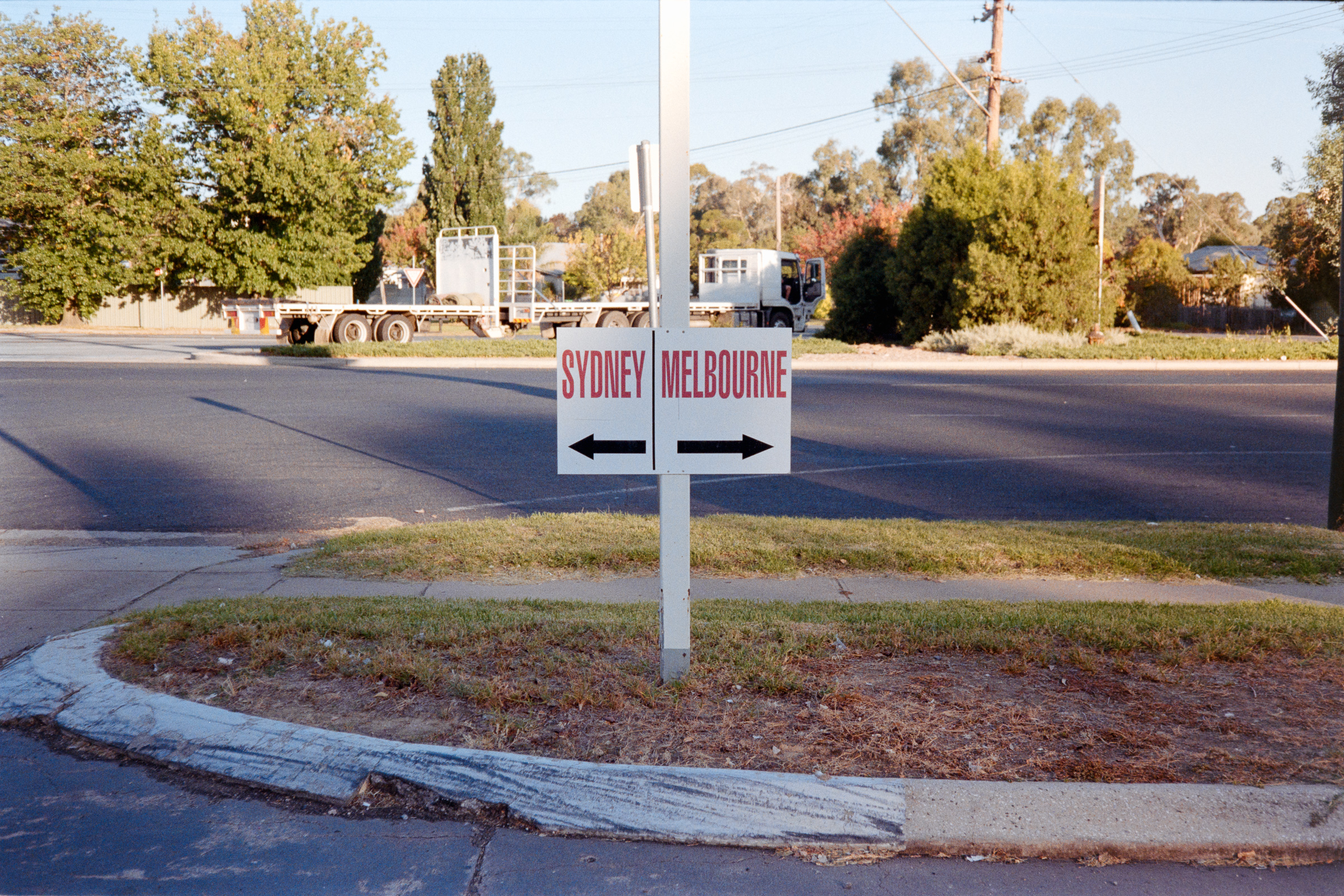The first few days in London were spent mainly in the city walking around and visiting a number of different sites, including a few museums and galleries.


The first few days in London were spent mainly in the city walking around and visiting a number of different sites, including a few museums and galleries.


Part 2
Melbourne isn’t just a nice city to walk around and take photos, there are also some nice green areas to walk around and take photos.
(more…)
Part 1
Over Easter I spent a few weeks in Melbourne. After putting a roll of film through my grandfather’s old Olympus 35RC, and also shooting a roll of film on a Vivitar K-mount SLR I bought maybe 10 or 15 years ago and hadn’t used much (I had taken maybe 4 frames on some black and white film and never processed it), I took even more cameras than usual, including a few film cameras.
(more…)